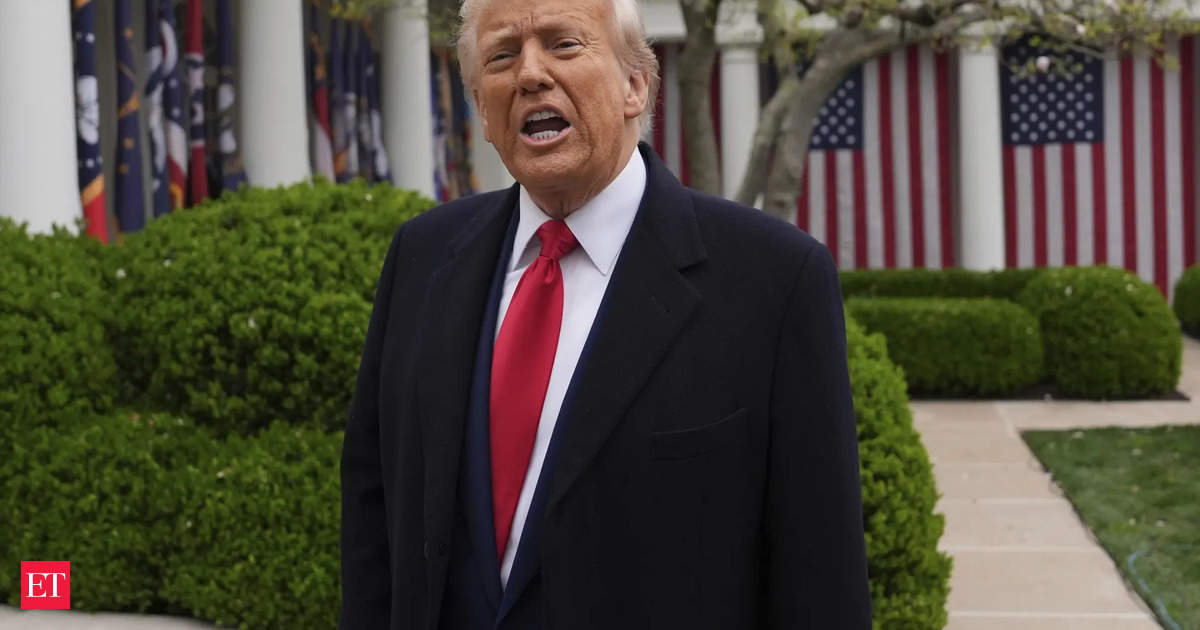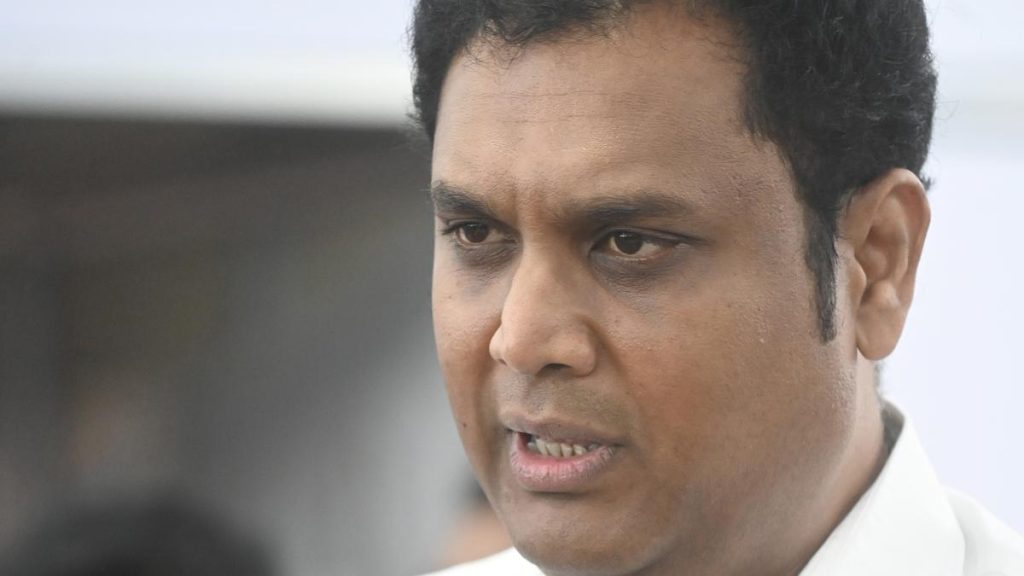Now Reading: Trump Calls Global Trade Unfair-Is He Right?
-
01
Trump Calls Global Trade Unfair-Is He Right?
Trump Calls Global Trade Unfair-Is He Right?

Quick Summary:
- President Trump’s Accusations: U.S. allies and adversaries accused of engaging in unfair trade practices, creating trade deficits, and charging high tariffs on American exports.
- Tariff Hikes: Trump plans expansive tariffs to address the disparities, including reciprocal tariffs matching foreign rates.
- U.S. Tariff Comparison: Average U.S.tariff rate (2.2%) lower than many nations but comparable to other developed economies; higher than India’s 12%.
- Product-Specific Rates: India imposes significant tariffs on motorcycles (50%), automobiles (60%), and alcoholic beverages (150%). The U.S.also charges high rates on products like tobacco, irish butter substitutes, and kitchenware.
- China’s Trade Practices: Analysts agree China’s subsidies and economic policies distort global markets, contributing to its surplus.
- Criticism of Trump’s approach: Analysts argue targeting allies like Canada with steep tariffs is counterproductive while real focus should be on China’s practices.
Indian Opinion Analysis:
India figures prominently in global trade discussions as a nation with comparatively higher average tariff rates-12% versus the United States’ 2.2%.While these policies aim to protect domestic industries from cheaper imports, they expose India to criticism for market barriers that complicate export opportunities for trading partners like America.
However, Trump’s approach of retaliatory tariffs raises broader questions about disruptive impacts in international markets-perhaps affecting countries reliant on open commerce. For India specifically, this highlights the need for strategic recalibration of tariff policies amidst evolving pressures from major economies like China and the U.S.
Efforts to address unfair trade practices globally could create openings for India’s exporters if collaborative pathways are pursued rather than unilateral measures exacerbating conflict among trading nations.

























